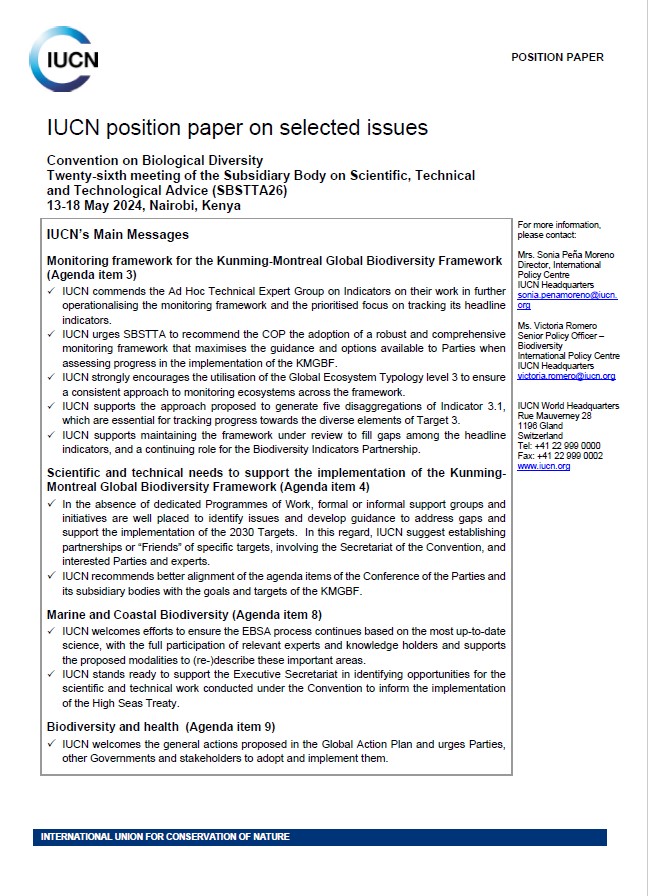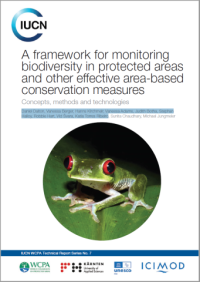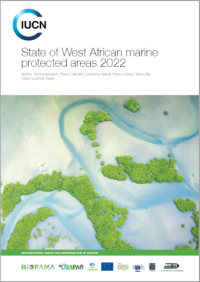What can be done?
The incorporation of broad-scale standards and best practices for eDNA-based detection methods can help ensure that they are applied consistently to inform conservation and management efforts more accurately. They can also increase the inclusive adoption of these methods, and help improve the quality, accessibility, and usefulness of data.
Like all wildlife survey methodologies, eDNA-based tools have limitations, including some inherent uncertainties that are challenging to model or predict. Guidance by an eDNA expert is beneficial throughout all aspects of the process, including study design, field collection, laboratory analysis, and data interpretation.
Careful study design and data interpretation are especially important since eDNA molecules can break down over time and be transported in the environment. False-positive and -negative detections of eDNA could lead to costly, inappropriate, or time-consuming management interventions. While some challenges persist, major improvements in best practices have been made in the field, including the incorporation of suitable experimental designs and controls for eDNA data interpretation.
Unified standards and best practices could also facilitate the integration of eDNA tools into biomonitoring schemes. This could help natural resource managers understand the quality of the study and allow for the comparison of results across space and time. Further, this can enable broad-scale monitoring across jurisdictional boundaries at regional to global levels, including surveys of under-represented species and geographic areas.
There are a number of published national eDNA-based reports (including in Finland, Canada, and Australia) and best practices manuscripts. However, the establishment and adoption of broad-scale standards for eDNA data collection and interpretation is still in development. The drafting of standards is benefiting from a dedicated international forum, the International eDNA Standardization Task Force, and their engagement with international standardisation bodies such as the International Organisation for Standards (ISO).
To deploy eDNA monitoring methods appropriately and inclusively, it is important to foster education, community engagement, and transparent discussions on best practices, capabilities and limitations of the technology. Co-design of communication frameworks, study plans, and decision support tools by scientists and natural resource managers will help ensure robust and accurate eDNA data.
The natural resource community benefits from inclusive and standardised international practices and engagement with diverse and under-served groups globally. The scientific community can work together to improve reference DNA libraries, data, and sample archiving practices and repositories. With rapidly advancing eDNA methodology, effective dissemination through scientific networks is important to ensure broad communication for efficient uptake.
Environmental DNA detection methods provide novel biodiversity monitoring opportunities. The use of standardised eDNA detection methods can foster mutual trust and engagement and improve confidence in eDNA data, the decisions they inform, and conservation outcomes.






